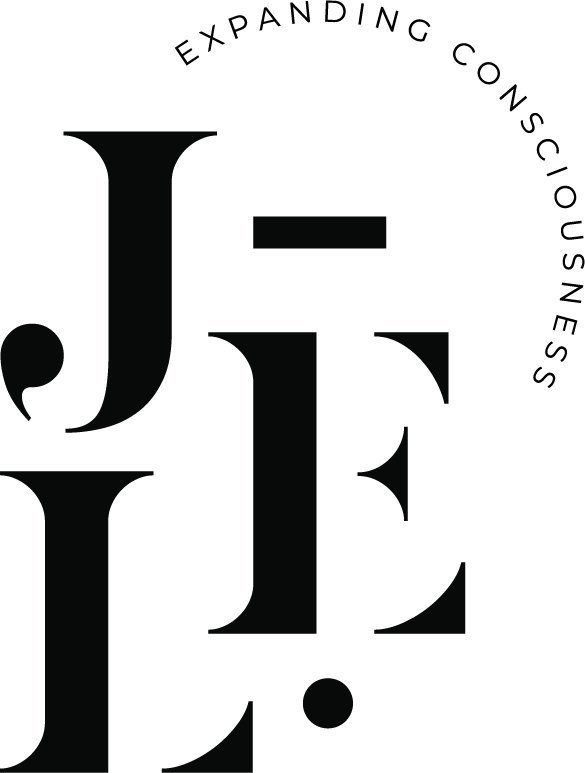Module eight part 5 - validation is key
Objectives
Develop the skill of identifying relevant details during spirit portrait consultations.
get COMFORTABLE allowing spirit to lead the drawing process and exploring what you received.
Improve proficiency in observing and recognizing the details present in the drawings.
Acknowledge and document any validation received, building a portfolio of validating photographs with the written consent of the case studies.
Continue practicing finding validation for drawings online using search engines as previously instructed.
Conduct six case studies, focusing on providing relevant details and validation.
Prioritise validating loved ones before attempting to connect with spirit guides.
Maintain progress notes to track personal development and experiences throughout the process.
love is the connection
Love is indeed the connection that facilitates communication between spiritual loved ones and those they wish to connect with through spirit portraits. Clearly stating your intentions and knowing how to ask for the relevant details required for validation beforehand can greatly enhance the quality of your readings.
With practice, you will develop the ability to draw specific loved ones when requested, rather than relying solely on open-ended connections. Engaging in the spirit-graph exercise from Module Four, Part 3, and breathing through the left nostril for nine breaths can aid in this process.
It is common for the analytical part of your brain to feel overwhelmed when asked for specific loved ones, as it tries to assist despite it not being its primary function. Embracing this challenge, it is advisable to work as quickly as possible. Increased speed encourages more spirit energy and reduces personal interference in the drawing process.
what are the relevant details for loved ones?
The relevant details for loved ones in spirit portraits can vary depending on the specific circumstances and the purpose of the connection. However, here are some commonly relevant details to consider:
Gender: Knowing the gender of the loved one helps validate their identity.
Relationship: Understanding the relationship between the loved one and the person seeking the spirit portrait adds a layer of validation.
Cause of death: Mentioning the cause of death can provide validation, especially if it was a unique or significant event.
Work, hobbies, and relevant names: Information about the loved one's occupation, interests, or names of significant people in their life can serve as additional validation.
Reason for connection/message: Often, loved ones in spirit have a specific message or purpose for connecting. Pay attention to any messages they convey during the drawing process and relay them to the person receiving the spirit portrait.
These details, when validated through the drawing and confirmed by the client, help establish a strong connection between the spirit and the recipient of the spirit portrait.
a precious message
After the recognition phase is complete any messages and other information can flow easily; you are more relaxed, knowing you’ve established that the connection is genuine. Even the spirit person is also uplifted to get the validation out of the way.
When delivering the message, remain mindful of giving only what you get, resist the analytical overlay story you may add. It’s easy to do and the module on remote viewing in Module Seven helps you to see how easy it is to add unnecessary or inaccurate information, using the analytical left brain.
time for your case studies
You have enough information now to start your six case studies needed for your certification. Practice makes progress.
It’s good to have a mixture of people for your case studies, some to support you, some to challenge you, some to ask awkward questions. It’s all a necessary part of your development.
Keep notes and any validation photos to map your journey and help you with the quizz.




